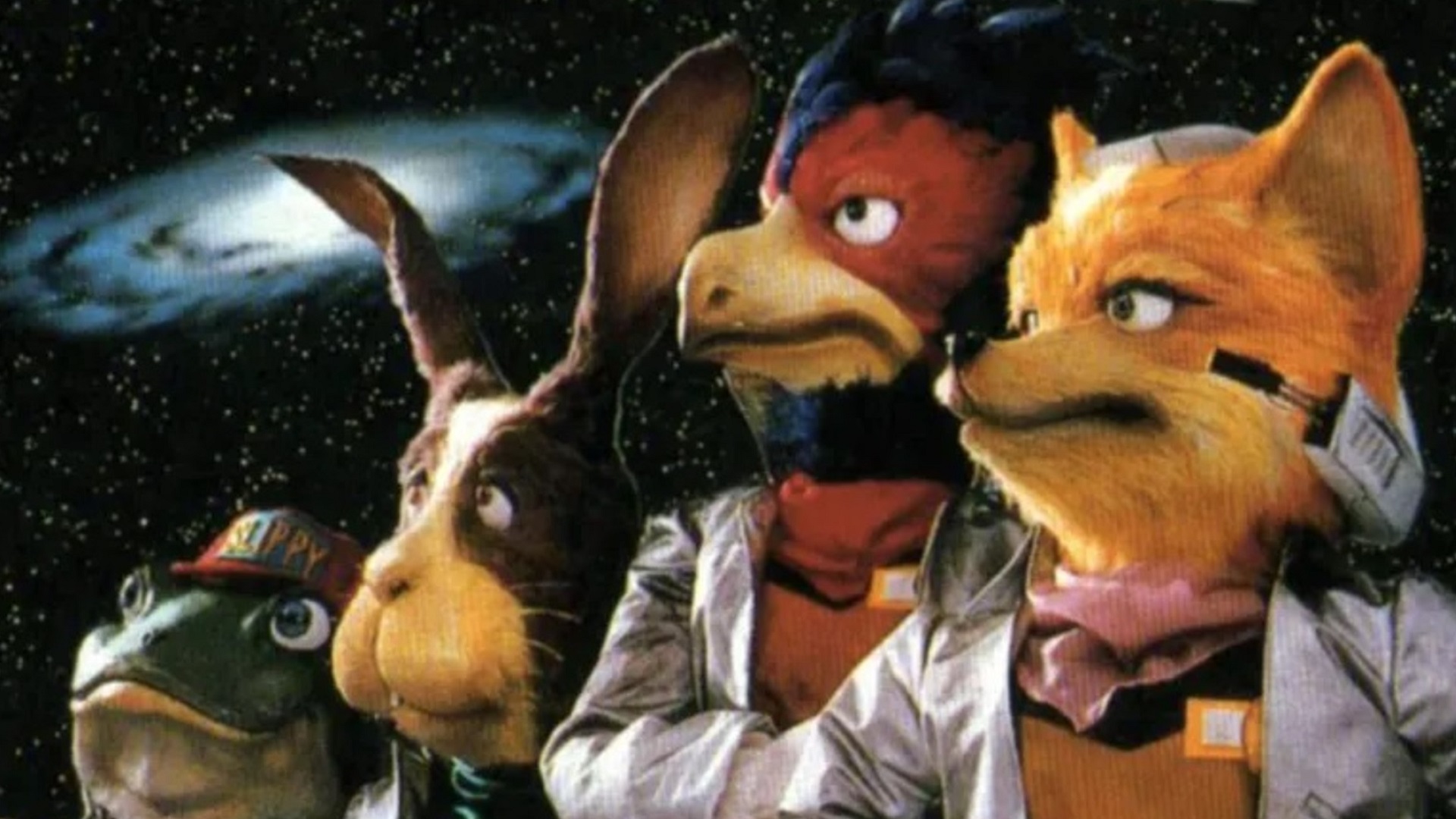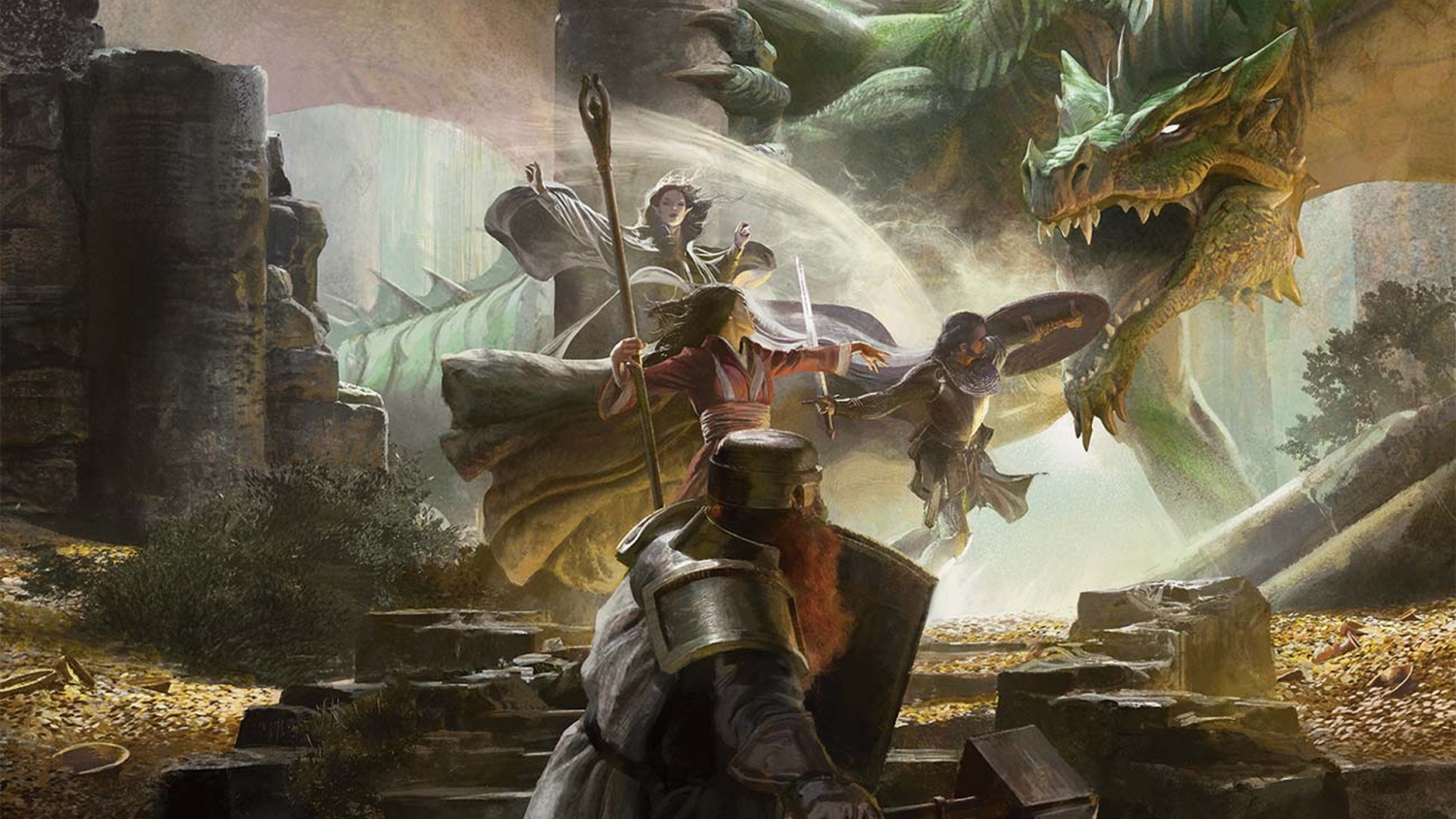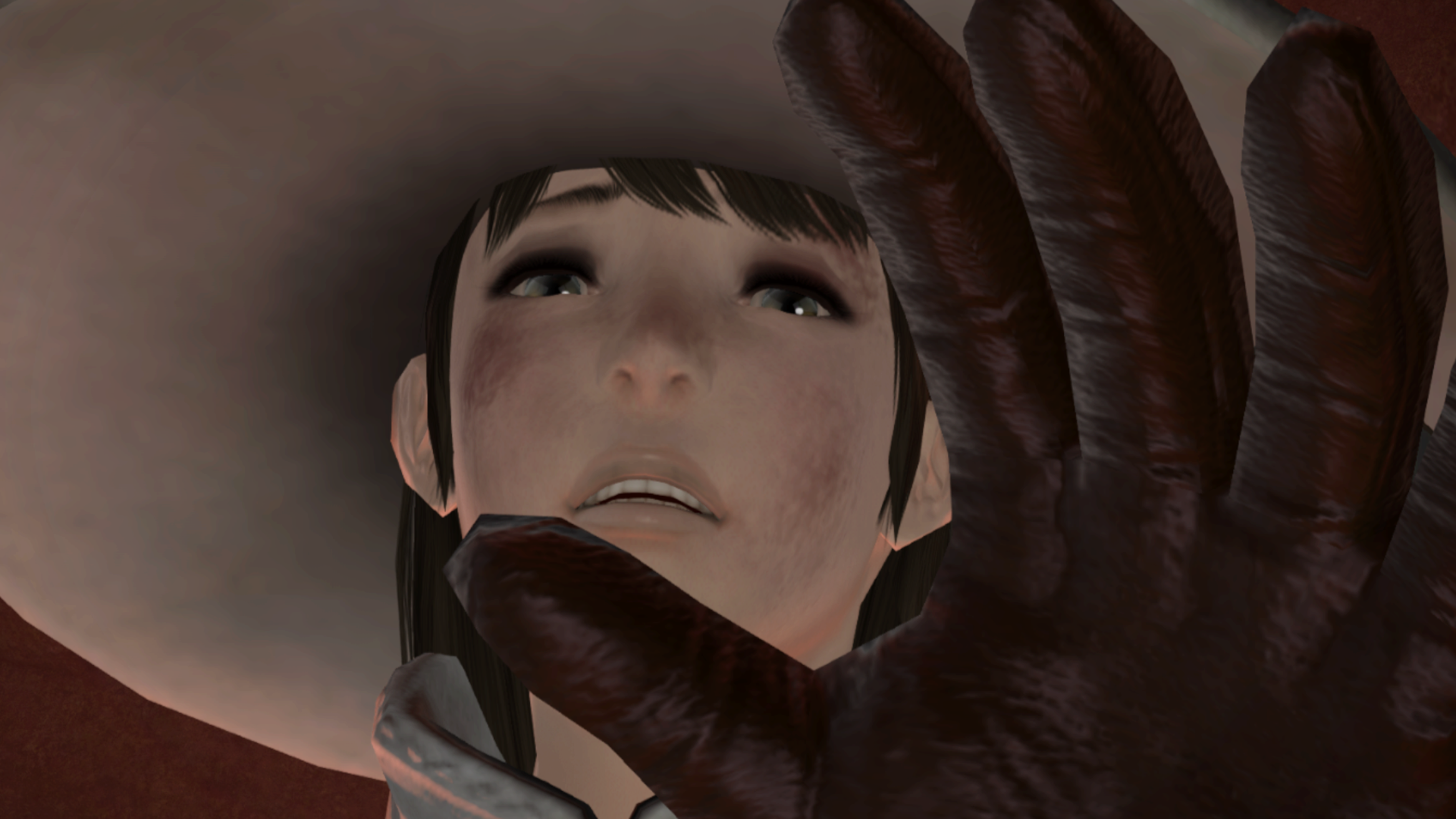
TopSpin 2K25 Review
2024 has been a cracking year for tennis fans so far. Reebok brought back its classic Court Victory Pump sneakers, Zendaya got stuck into a saucy bit of mixed doubles on the big screen in Challengers, and now one of the greatest tennis videogame series’ has returned after a 13-year-long hiatus. TopSpin 2K25 delivers an on-court experience that’s every bit as smooth and snappy as it was two console generations ago, and it features licensed superstars and stadiums that now more closely resemble the real thing. It’s a shame, then, that some convoluted career progression systems and the inclusion of virtual currency hold TopSpin 2K25 back from being an outright winner.
Developer Hangar 13 is best known for making Mafia games, but here the team has gone from whacking mobs to smacking lobs without missing a beat. TopSpin 2K25 feels genuinely terrific to play, its simple set of responsive controls allow for dynamic rallies that closely replicate the pace and tension of the sport, and there’s a supremely well-balanced sense of risk versus reward that comes with performing charged up shots and serves. It feels fist-pumpingly fantastic to nail the timing on a powerful flat stroke that blasts triumphantly down the tramlines, and conversely quite crushing when you greedily overcook it and the ball abruptly smacks into the top of the tape.
It feels fist-pumpingly fantastic to nail the timing on a powerful flat stroke that blasts triumphantly down the tramlines.
If you’re new to the series or to tennis games in general, TopSpin 2K25 features one of the most comprehensive tutorials I’ve ever encountered in the genre. There’s well over an hour’s worth of mini-challenges to complete here, covering everything from the basic set of strokes to more advanced tactics and player positioning. It’s presented for the most part by John McEnroe, who you either know as the legendarily ill-tempered tennis player or the narrator from Netflix’s Never Have I Ever depending on your age bracket. Generally speaking, TopSpin 2K25 is still very easy to pick up and play, but I found completing the TopSpin Academy’s 30-odd lessons held me in good stead as I progressed deep into the bigger tournaments of the MyCareer mode.
Grand Slam, Thank You Ma’am
MyCareer really is the centre court centrepiece of TopSpin 2K25, and it’s a pretty meaty mode. During each month of the tour you get the option to play target-seeking training games, special challenge events, and proper ATP tennis tournaments, all while keeping track of your player’s energy level which starts at 100% and slowly depletes with each match you play. I had to carefully build rest months into the calendar in order to recharge, since every time my player’s energy dropped too low it inevitably resulted in injury that put me out of action for extended periods. However, these injuries only ever seem to occur during menu screens in between matches, and never actually forced me to retire hurt during play. I brazenly went into the Australian Open final with only 1% energy and ended up rupturing my achilles, but I wasn’t informed about it until after I’d raised the trophy – and by then my player was probably too drunk to care.
Energy management isn’t the only thing you need to stay on top of during MyCareer, though. There’s a leveling system that doles out attribute points to help shape your player’s strengths whether you favour slinky serve and volleying or if you’re more of a burly baseline brawler, a status system that gives you lists of objectives to tick off in order to progress from unknown to legend and unlock new tournaments or challenges to compete in, as well as global player rankings both overall and for the year-to-date to measure your progress. Hiring a coach brings its own set of unique goals, too, creating enjoyable games within games that had me hitting a certain number of inside out backhand winners during matches to unlock special attribute boosts, for example.
However, like a debutant pair of doubles partners, these various progression systems occasionally step on each other’s toes. Midway through the second year of my career I had managed to crack the top 10 in the world rankings, but I was still ineligible to enter any of the major Grand Slam tournaments because I hadn’t yet fulfilled all of the requirements to elevate my status to the ‘Star’ level. Instead, I had to go off and grind through a number of lesser TS250 competitions, which made me feel like I was arbitrarily spinning my wheels against fictional nobodies when I should have been going head to head with the likes of Daniil Medvedev and Taylor Fritz. On the plus side, since you can adjust the length of matches at any time, I was able to distill these time-wasting tournaments from full games down to a series of tiebreaks. This thankfully made them briefer than a pair of tennis shorts from the 1970s, at the cost of a slightly diminished amount of awarded XP.
Even when I was finally able to compete in prestigious tournaments like the US Open and the year-ending ATP Finals, it did become a little repetitive to constantly come up against the same small group of licensed players (seven on the men’s side, and 13 on the women’s). There are some great inclusions here, like Carlos Alcaraz and Coco Gauff, but also a number of notable absences. Women’s world number one Iga Swiatek is present, but top man Novak Djokovic is nowhere to be found. Still, at least it means we get to enjoy several calendar years of tennis where Djokovic isn’t able to win everything.
Eventually you unlock unique matches against legendary players such as Roger Federer and Pete Sampras in the men’s tour, and Serena Williams and Steffi Graf on the women’s side. These are compelling little scenario modes that shuttle you through key points in a match, and they bring a welcome injection of variety to the range of match types available in MyCareer.
The considerable list of licensed stadiums all look fairly true to life, and there are some nice little animations to add some personality in between points, like the way players will occasionally collapse onto their backsides after a particularly grueling rally. That said, there are also some noticeable rough edges to the presentation. There’s no coin toss at the start of each match, so you’re never given the option of whether you wish to serve first or receive. There’s no Hawk-Eye technology, either, and therefore no option to challenge close line calls – although the somewhat rigidly placed instant replay camera angles make it tough to scrutinize them anyway. There’s also little to distinguish one tournament win from another; you’re awarded the exact same trophy in the exact same ceremony whether you’ve just won a smaller satellite event or one of the majors. After a few tournament wins, I just started skipping the post-match pageantry like it was the opening credits to an episode of Stranger Things.
Doesn’t Make Any Cents
Virtual currency was probably still just an idea jotted down in a 2K executive’s dream journal when TopSpin 4 was released in 2011, but it’s since become the default currency for in-game transactions across 2K’s stable of sports games, and it rears its ugly head here in TopSpin 2K25, too. Every tournament and special event you win awards a modest amount of VC, which in turn is used for everything from buying new clothing and racquets, to hiring support staff that buff your energy preservation and injury recovery, to even acquiring houses around the globe to help reduce travel fatigue.
After 15 hours invested in MyCareer, I’m reasonably flush with the stuff and haven’t once contemplated spending actual money on packs of VC (which of course you can do), but then again I tend to dress my created player as though they’ve just lost a bet in the locker room. If you’re a more fashion conscious tennis player and you’re not content to style your avatar in the occasional off-brand shorts and skirts you can earn purely by playing tournaments, then your mileage may vary.
What does slightly irritate me about the use of VC, though, is that it’s resulted in a warped in-game economy where it’s somehow cheaper to buy a house in New York than it is to buy a new tennis racquet. The prize money you’re awarded from a Grand Slam tournament is also not even remotely similar in scale to real life; winning the Wimbledon final should net you millions of dollars, but in TopSpin 2K25 I pocketed a measly 194VC – just barely enough to buy a pair of Wilson-branded socks or a little more than half of a pair of Nike-branded track pants. It’s all a bit silly, really – a virtual currency that you can buy with real dollars that doesn’t make any actual sense.
A virtual currency that you can buy with real dollars that doesn’t make any actual sense.
I’m willing to look past the questionable virtual currency nonsense, however, because the action out on-court is of such a high standard. I’m only two thirds of the way towards reaching the level 30 cap for my created player, and there are still plenty of courts to unlock and objectives to tick off as I enter my seventh year on the tour. Beyond that, I’m also keen to get stuck into the online tournaments once the servers become more populated, and there’s also a Battle Pass-style rewards system that could well keep me on the hook for several more months to come. Even its licensed player shortcomings could be remedied in due course, with further professionals already promised to be added in the future at no extra cost.







